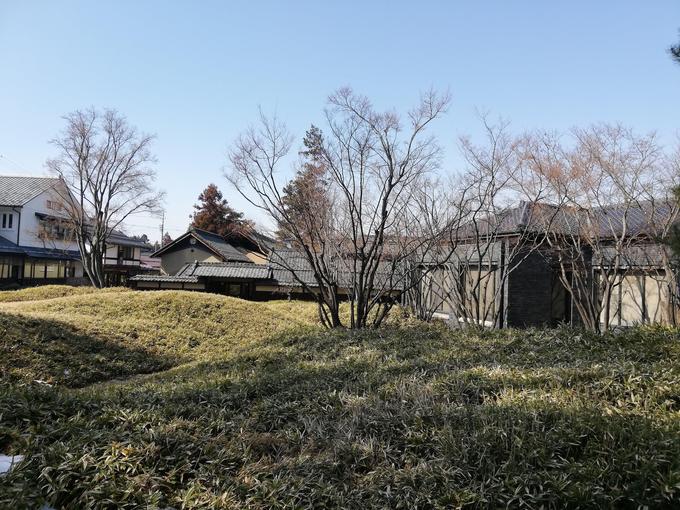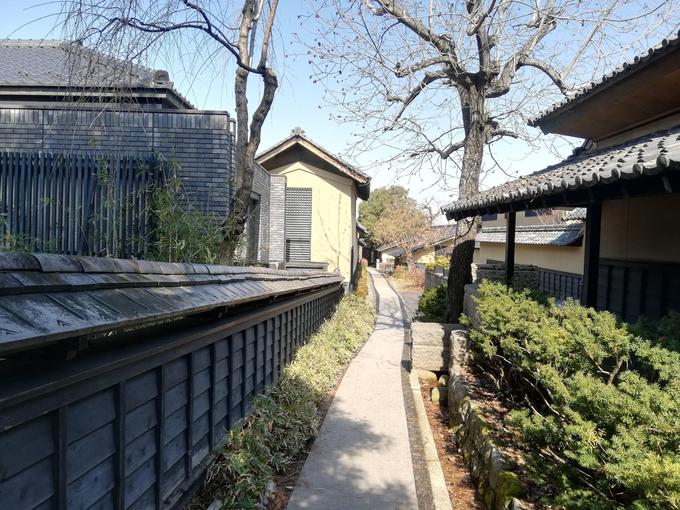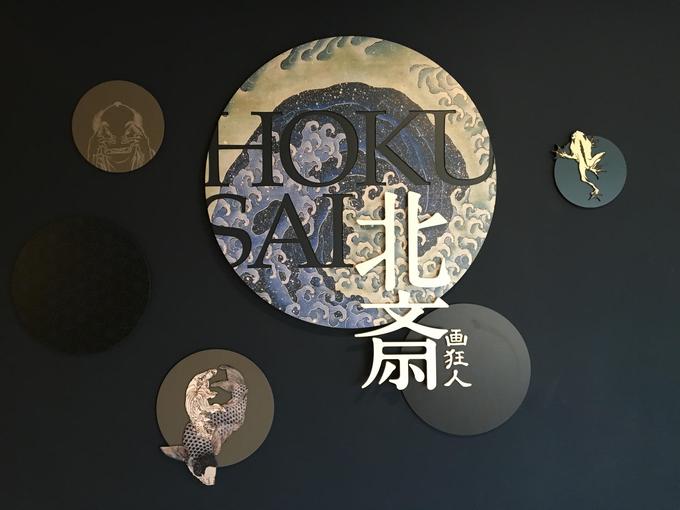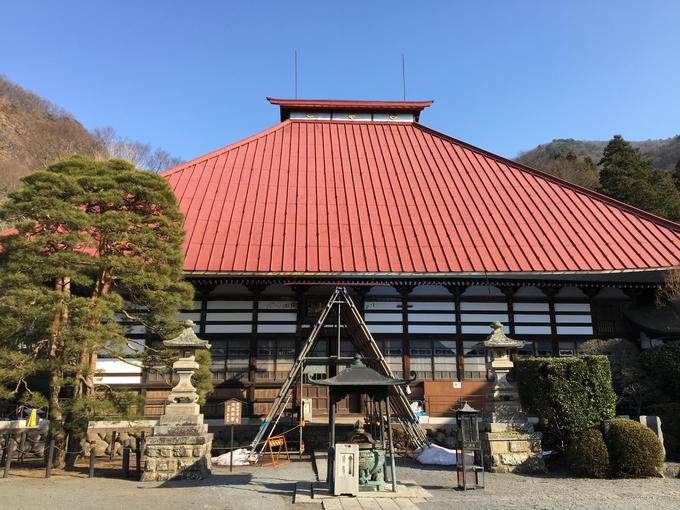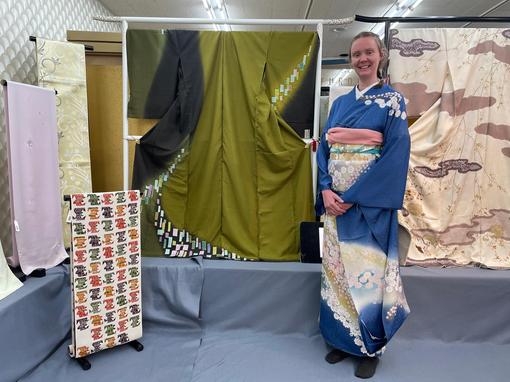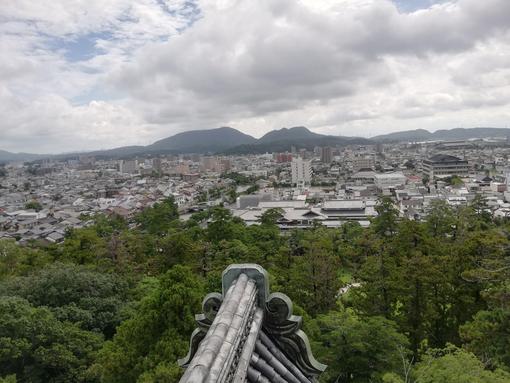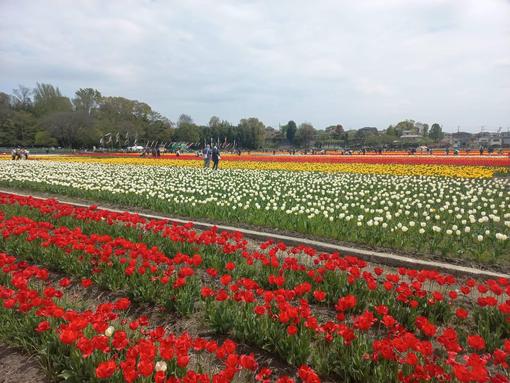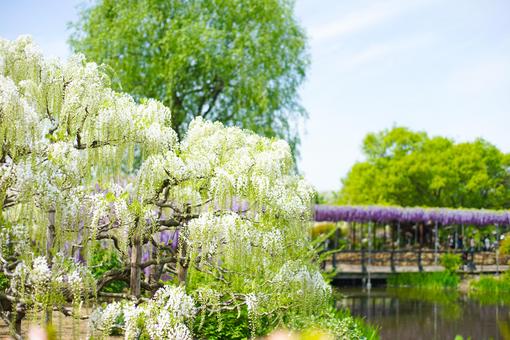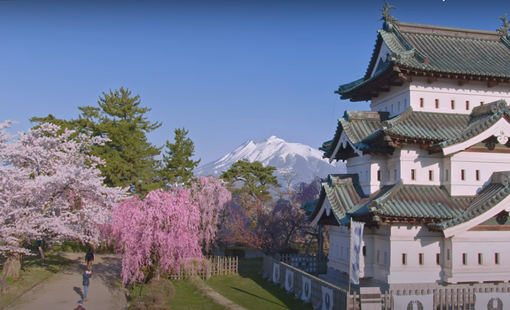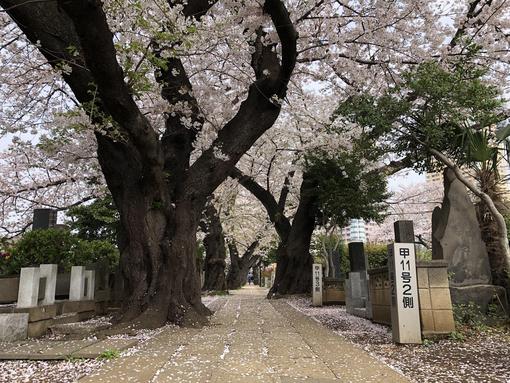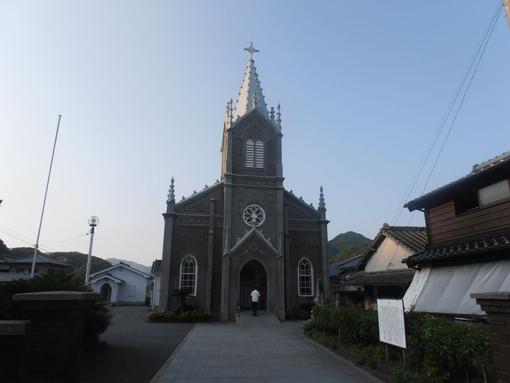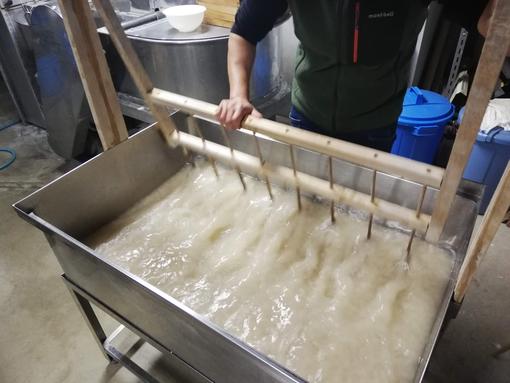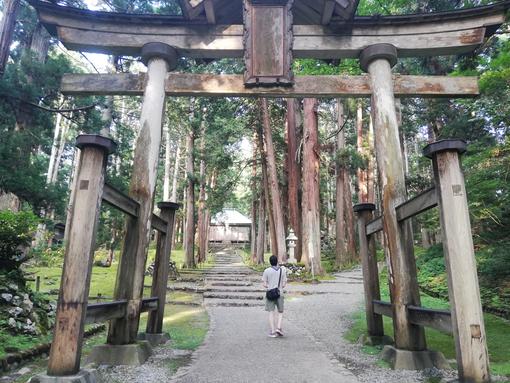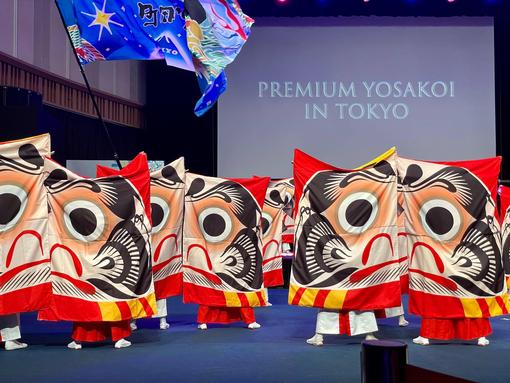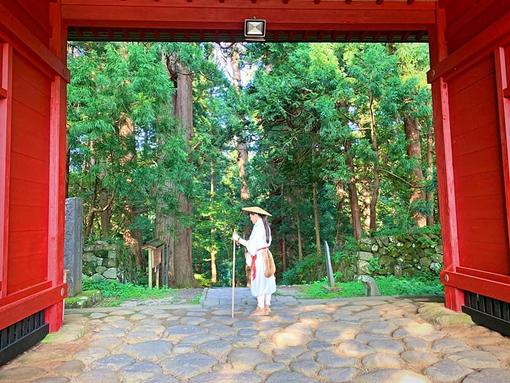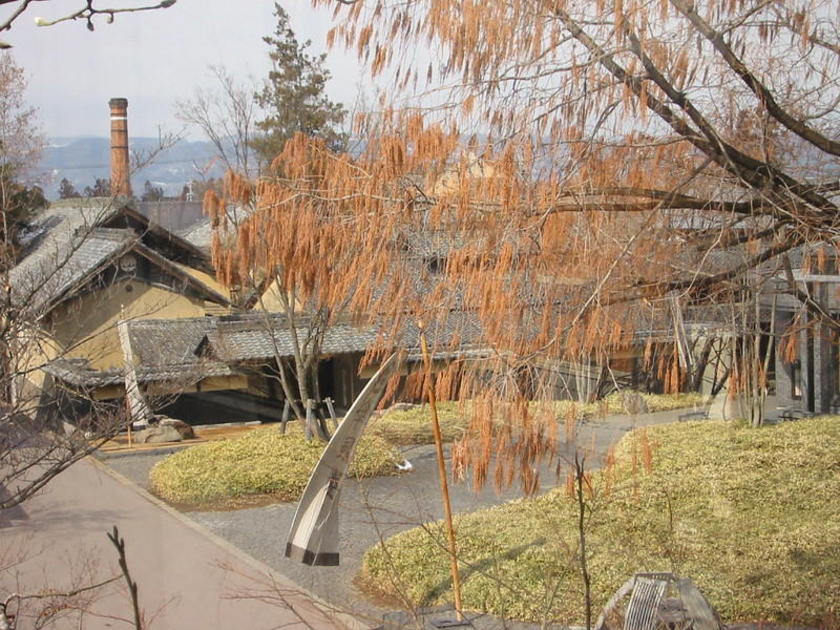
Obuse, a Delightful Stop on the way to the Snow Monkeys
Recently my family and I took a daytrip to Obuse Town. Obuse is just 20km from the famous snow monkeys, so it makes a good detour along the way. You can reach it by train from Nagano Station in under 30 minutes. I was a bit reluctant for this trip because Obuse is known as an artistic town which isn't something I'm particularly interested in, however I was surprised at what a nice vibe it has.
When you arrive at Obuse Station, immediately you will see a small fridge right on the platform. Inside is fresh milk and fruits from the town, sold on a trust basis. I found this very quaint and lovely. Outside the station you can rent a bike from the Tourist Information Centre. As there are many quiet countryside roads and traditional farmhouses, Obuse makes a nice place to cycle around. We walked as we were traveling with a child which was also pleasant and made for easier traversing of the narrow alleyways.
Obuse is home to a wonderful initiative - the "welcome to my garden" project. People all over the town have opened their gardens to the public. If you see the sign saying it's open, you can enter and look around. 128 families have opened their gardens! This means that the town is full of small winding alleys leading into various gardens. It also means that the green season in Spring and Summer is the ideal time to visit, however being surrounded by snowcapped alps also makes Winter a nice choice.
Chestnuts were first cultivated in Obuse during the Edo Period nearly 400 years ago and today the town is well known for its delicious chestnuts. Just by walking around Obuse you will be able to find a multitude of chestnut sweets and savory shops. We tried chestnuts in rice which were the best I've ever had, but I wish we'd tried the sweets too! I recommend eating lunch at Sakurai-kanseido Sensekitei for their beautiful garden view alone! Chestnut Alley (Kurinokomichi) was a small path with smaller paths leading off to restaurants, gardens and historical buildings. This road is lined with chestnut trees on both sides as you can probably guess from the name. Off to one side sits the Takai Kozan Memorial Museum. Takai Kozan was Hokusai's host during his stay in Obuse. He was an artist and philosopher and in his museum you can see various works of his. At the end of the alleyway was the Hokusai Museum.
Katsushika Hokusai (1760-1849) was one of Japan's most renowned artists. You have probably seen his iconic print "The Great Wave off Kanagawa". At the age of 80 he made the trek to Obuse (literally a trek - impressive at 80!) and was so enamoured by the town that he decided to stay. The Obuse Hokusai Museum pays tribute to him and is a must see for anyone interested in Japanese art. Every explanation is translated into English and there was an interesting video showing how Hokusai influenced European artists. You don't need a lot of time for the museum, just 30 minutes or so.
After the Hokusai Museum, we walked to the Nakajima Senbakan Museum. This museum is dedicated to Chinami Nakajima, a local artist. The highlight was the coldroom warehouses in the garden where you can see stunning festival floats from the Edo to the Meiji Period.
From there we headed to the Floral Garden Obuse. This garden is 15,000 square metres and looks absolutely gorgeous in Summer. Upon arrival we actually decided to give it a miss though as in Winter most things were dry and colourless so we thought it was best saved for another season. Just a bit further down the road was the Obuse Town 6th Industry Center Farmer's Market. Cheap fruits and vegetables galore, the highlight being granny smith apples (which are very hard to get cheaply in Tokyo)!
On the edge of town, nestled below a forest-clad mountain, lies Gansho-in Temple. This temple is very famous due to the painting on its ceiling. It is called "The Phoeix Staring in Eight Directions" and was painted in 1848 by Hokusai at the youthful age of 89. It was his last big work and is his legacy, the culimation of his life's training and dedication to his art. It costs 500 yen to go inside and see the painting.
Nearby to Gansho-in is Buddhist Temple Jokoji. It is 600 years old and looks the part. Surrounded by forest with no one around, it was very peaceful there, it felt very natural to me.
Obuse Town has a good English language tourism site, you can check it here. I recommend a day trip to Obuse on a day with nice, sunny weather.












